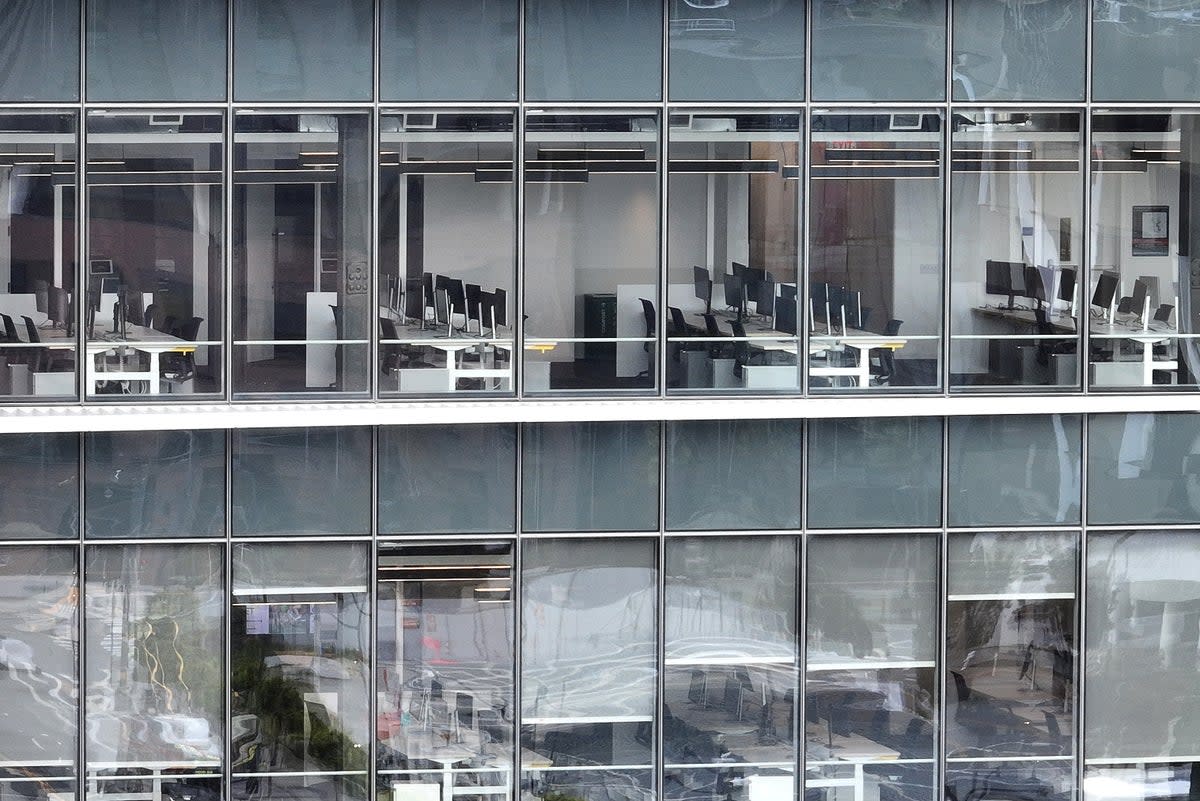It could take San Francisco 18 years to recover from flood of empty office space after tenants fled the city

San Francisco’s empty office space crisis has become so deep that it could take almost two decades for the market to recover to its pre-pandemic levels, data suggests.
In 2019, San Francisco’s vacancy rate was under 10 percent but pandemic restrictions combined with work-from-home trends, massive layoffs, and soaring prices have landed the city with the largest vacancy rate in the country at more than 30 percent.
Office spaces that once belonged to Uber, Salesforce, Twitter, Reddit, and Pinterest have drastically downsized or sought to vacate their buildings as remote working becomes more desirable and layoffs sweep the industry.
At the rate the vacant square footage is currently being absorbed, Avison Young – a global real estate company – says 18 years is the “worst case scenario” to get levels back to pre-pandemic levels, according to the San Francisco Chronicle.
A more hopeful outlook estimates it will take at least five years to reach a 12 percent vacancy rate.

San Francisco was substantially affected by the Covid-19 pandemic because it was home to a high volume of tech companies. Over the last four years, big tech companies have conducted mass layoffs to cope with rising inflation, higher interest rates, less demand, and overhiring problems.
Without staff to occupy large office spaces and most companies adopting permanent work-from-home policies, reducing the amount of office space is an obvious choice.
But as a result of the abandoned buildings, San Francisco’s problems become exasperated. Without commuters to use public transportation and contribute to the local economy, it becomes more difficult for the city to maintain its desirable features like the BART transit system and for local businesses to stay open.
Empty streets have heightened the homelessness crisis too. However, some people have suggested converting the empty office spaces into housing as a solution.
But there is hope, Avison Young and CBRE – another global commercial estate firm – believe the vacancy rate will level out thanks to the rise of AI tech companies and lower commercial rental prices.

But part of the hope includes setting lower expectations for San Francisco’s vacancy rate in the future, Alexander Quinn, the director of research for Nothern California at JLL brokerage told The Chronicle.
“We think that San Francisco is going to be more akin to markets like Chicago and Austin, which have higher vacancy rates historically, with a lot of buildings that are just structurally obsolescent, and those buildings will have higher vacancy than a cohort of more competitive buildings,” Quinn said.
He estimated the city’s natural vacancy rate, between 12% and 14%, will level out in approximately 10 years.


